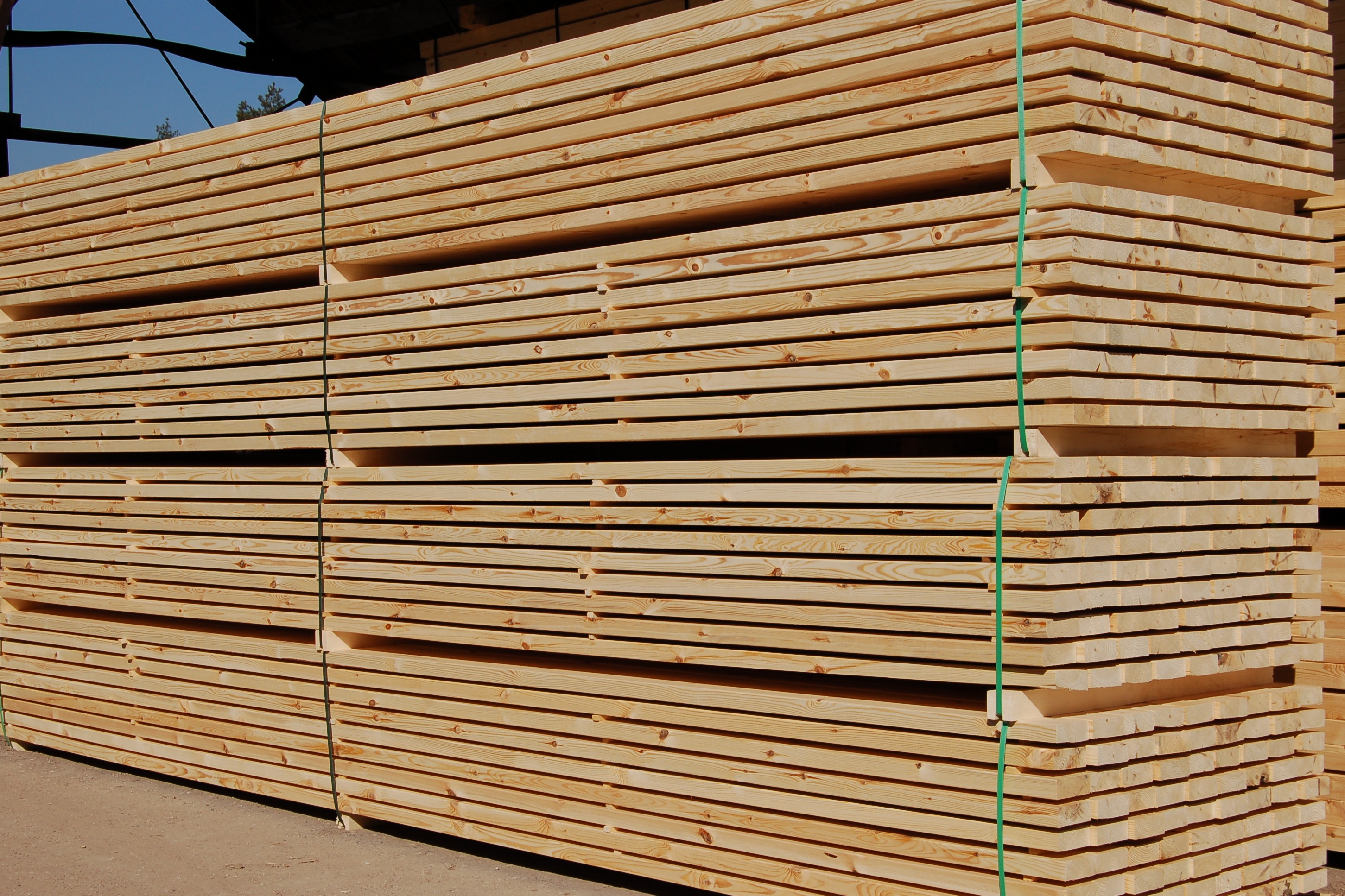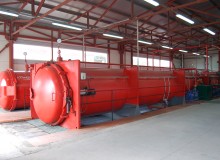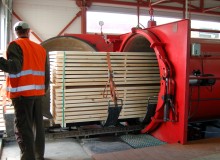Impregnation
Wood impregnation involves treatment with chemical substances to protect the wood from decay, parasites, changes of colour and to prolong its service life. Due to the effect of biocidal substances existing in the antiseptics, the environment of wood destroyers is stopped. After the impregnation of the wood, its resistance to heat increases, and moreover, the structure of the wood becomes smoother and its appearance is more attractive.
Deep vacuum-pressure impregnation of wood
Deep vacuum-pressure impregnation of the wood extends the service life of the wood (with a warranty period of up to 25 years), as the impregnation liquid penetrates through the overall depth and the wood becomes exceptionally resistant to moisture, sun rays, fungi, decay, bacteria and even to termites. This is indispensable for wood when it is used outside and is constantly affected by humidity. We use deep vacuum-pressure impregnation of wood, which is currently the most efficient type of impregnation technology.




















